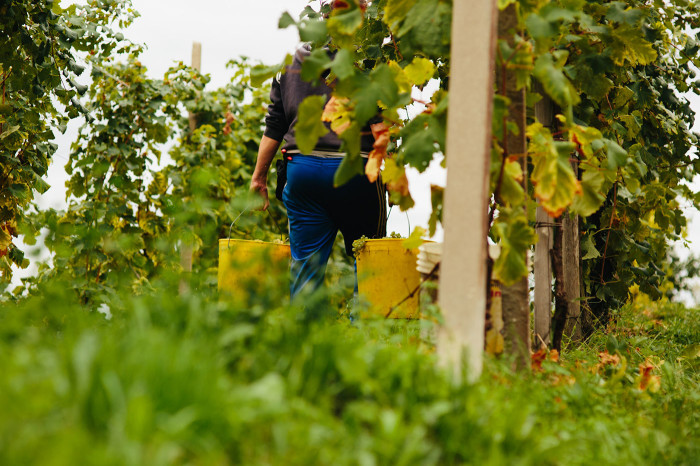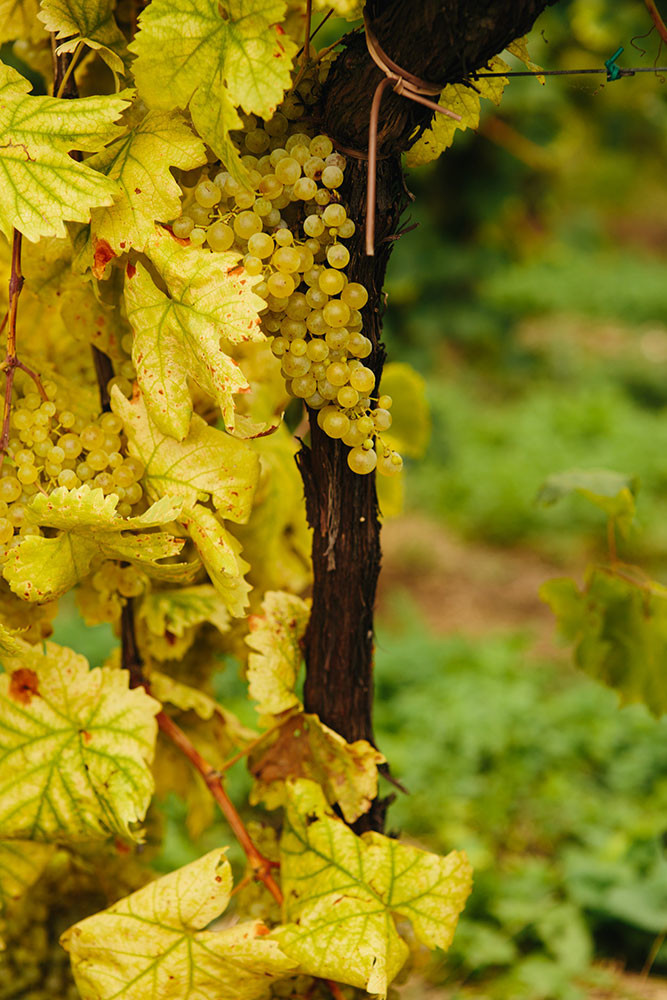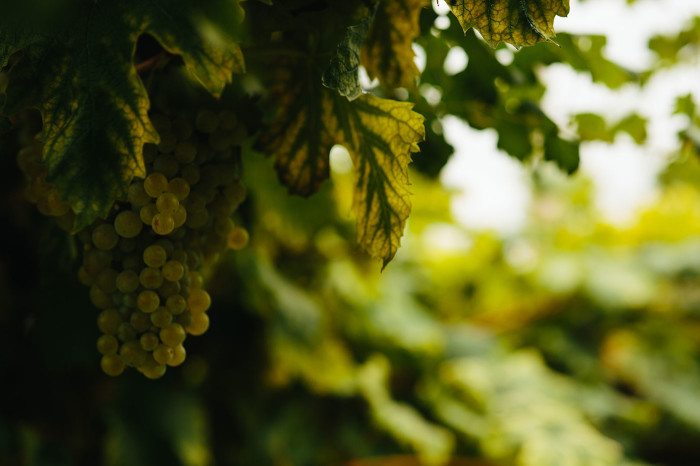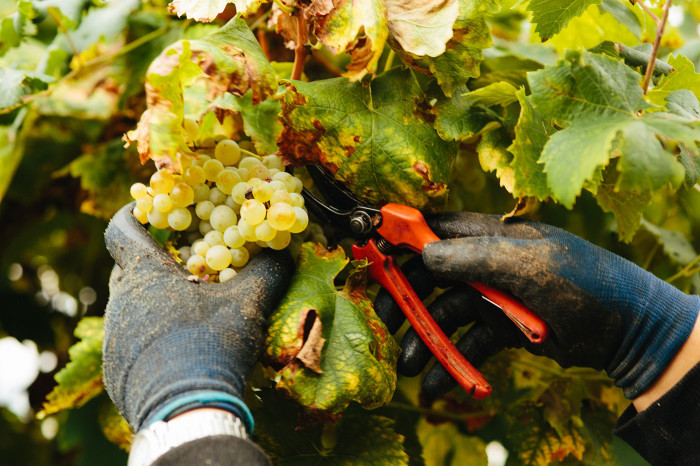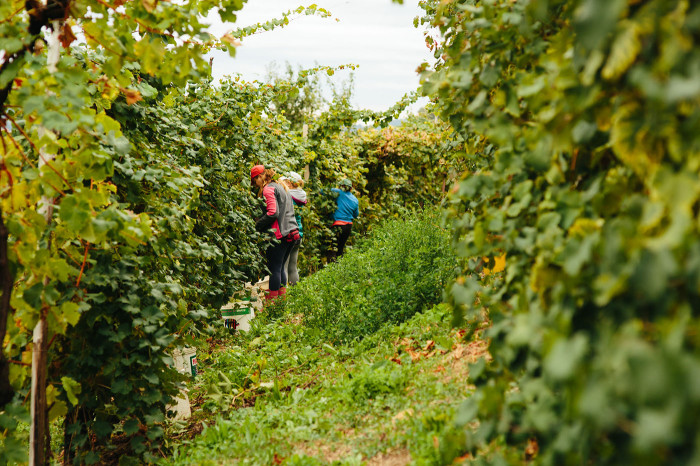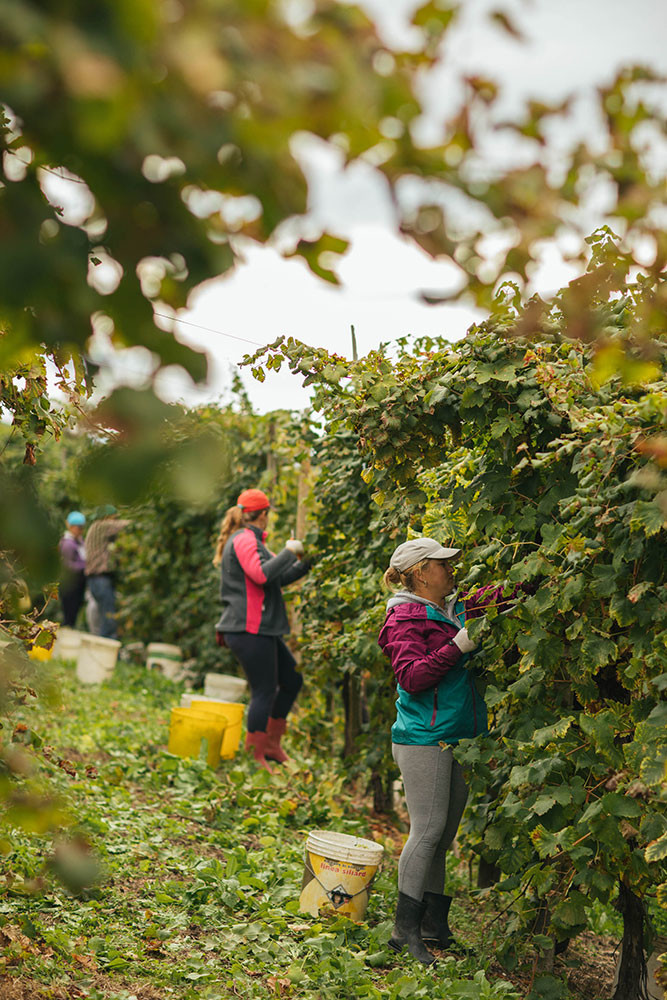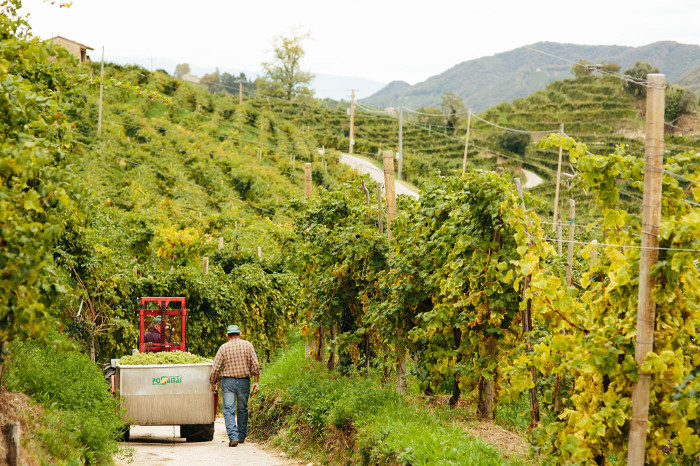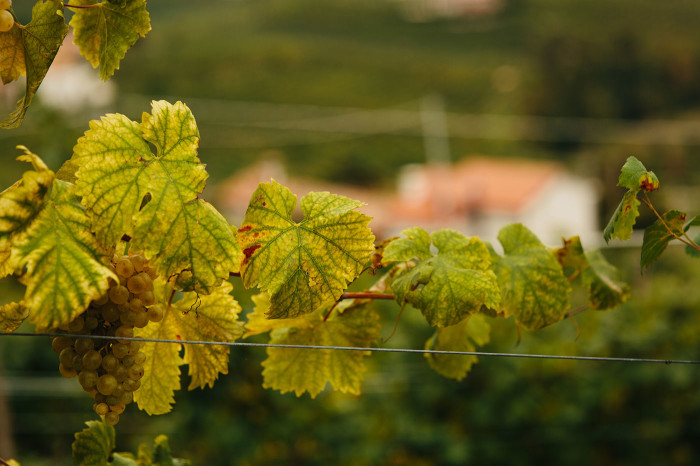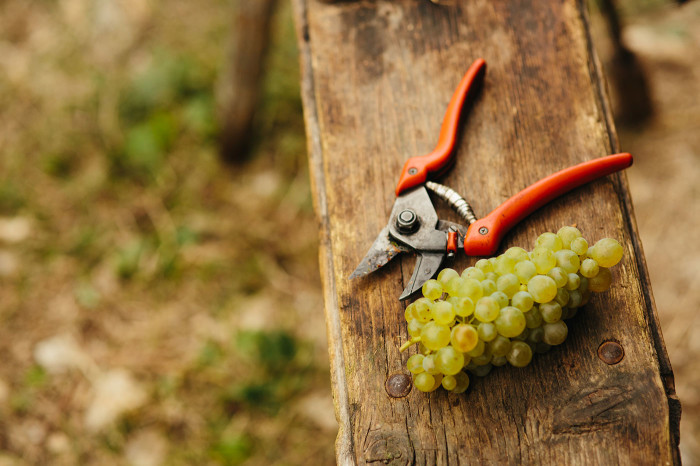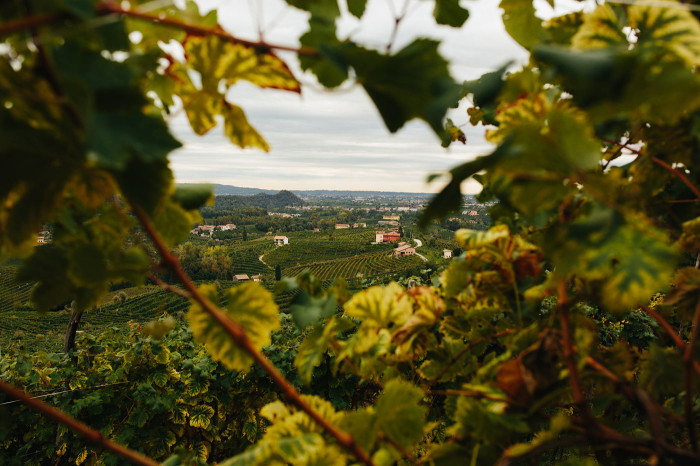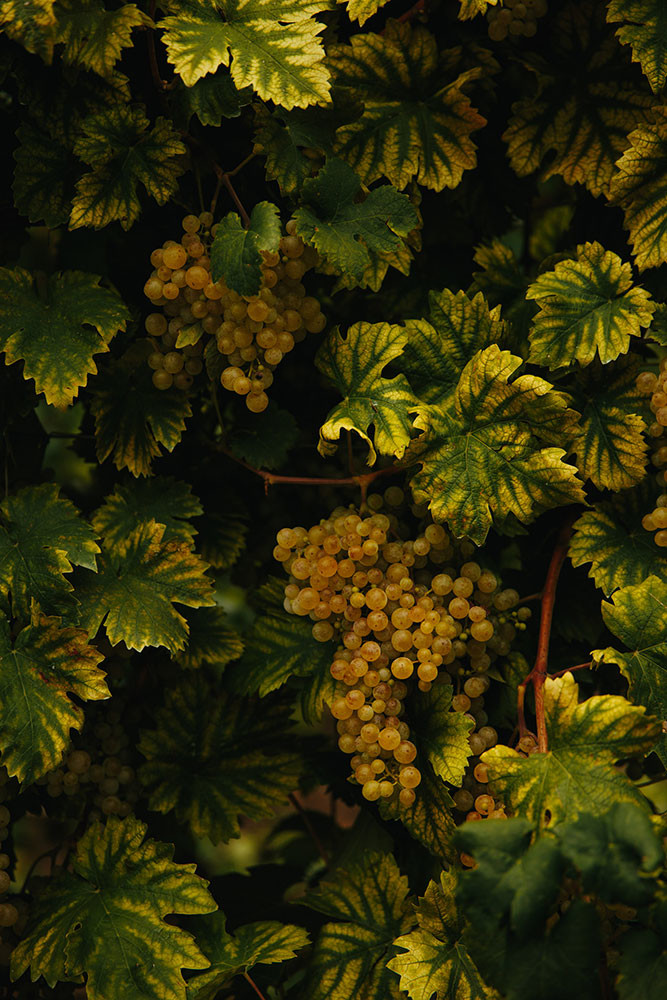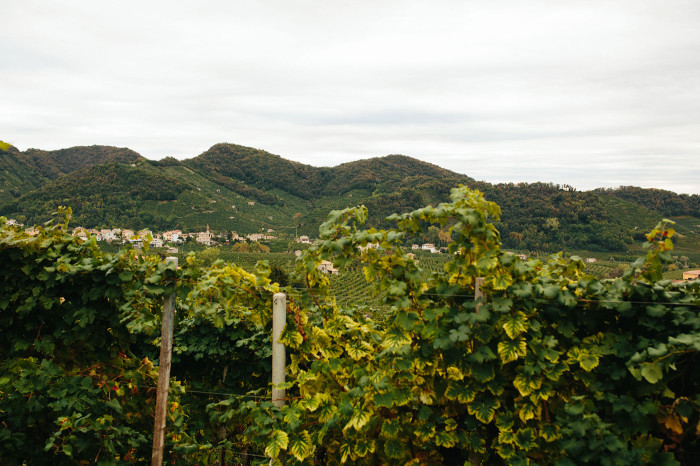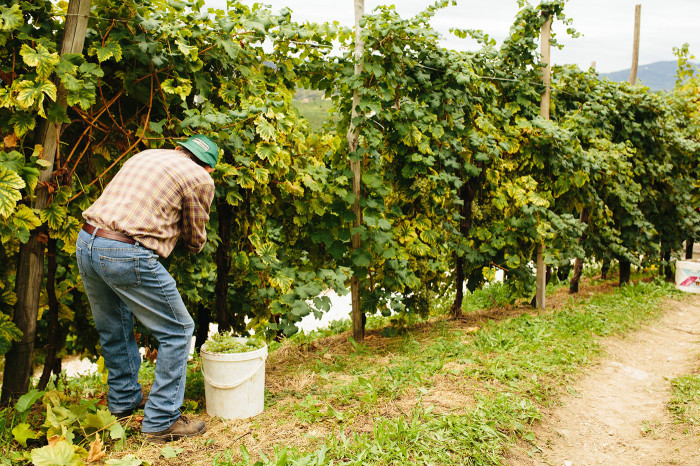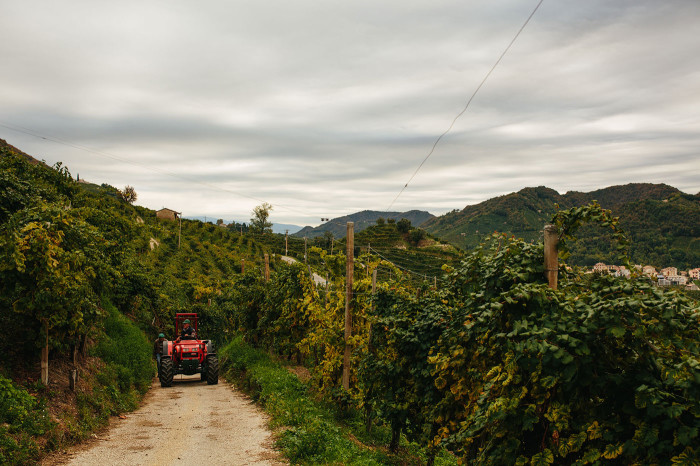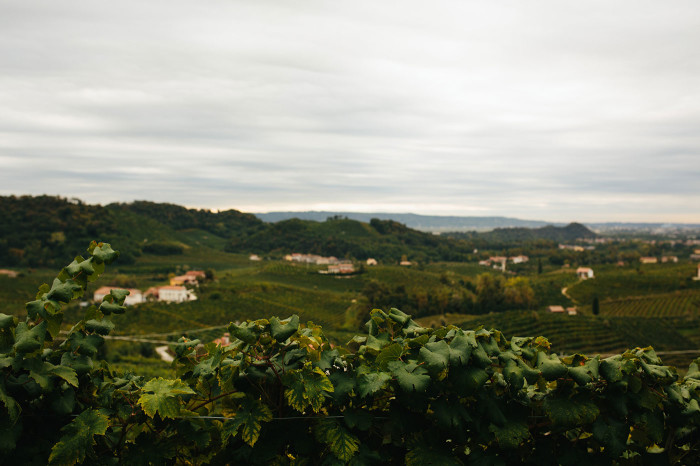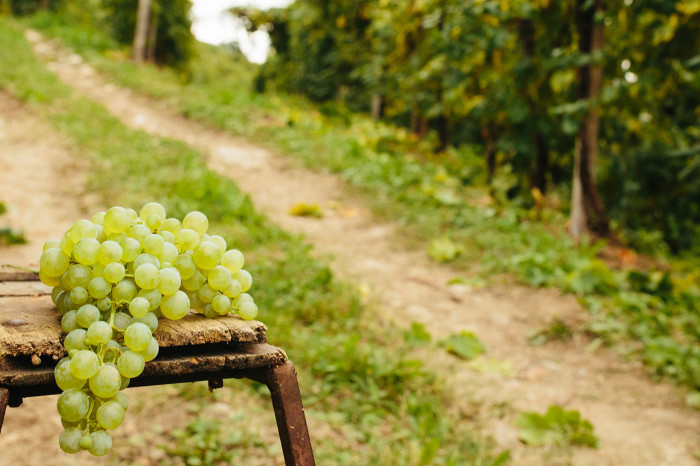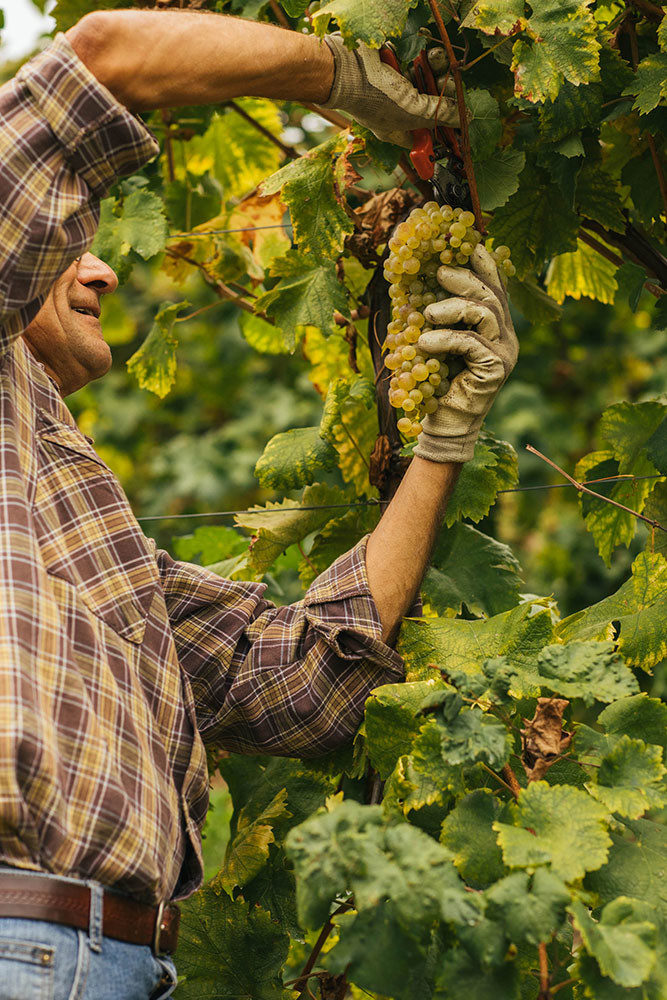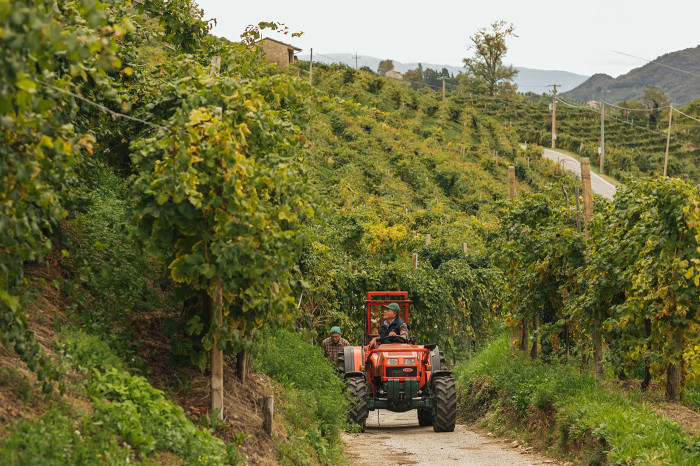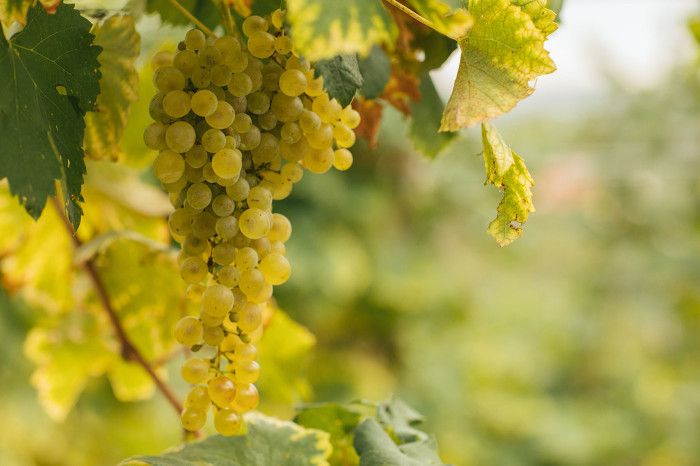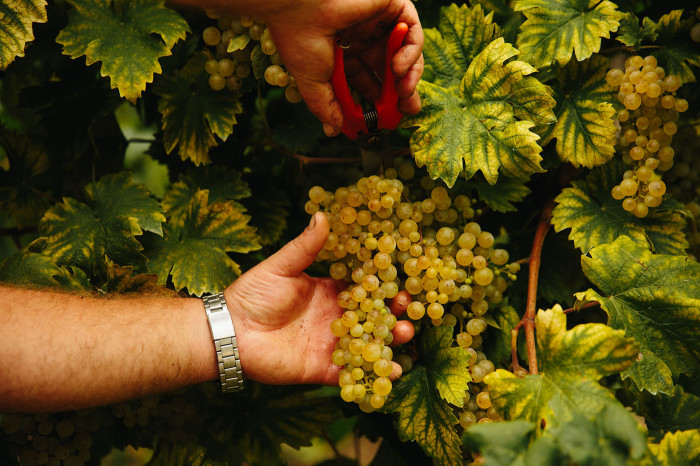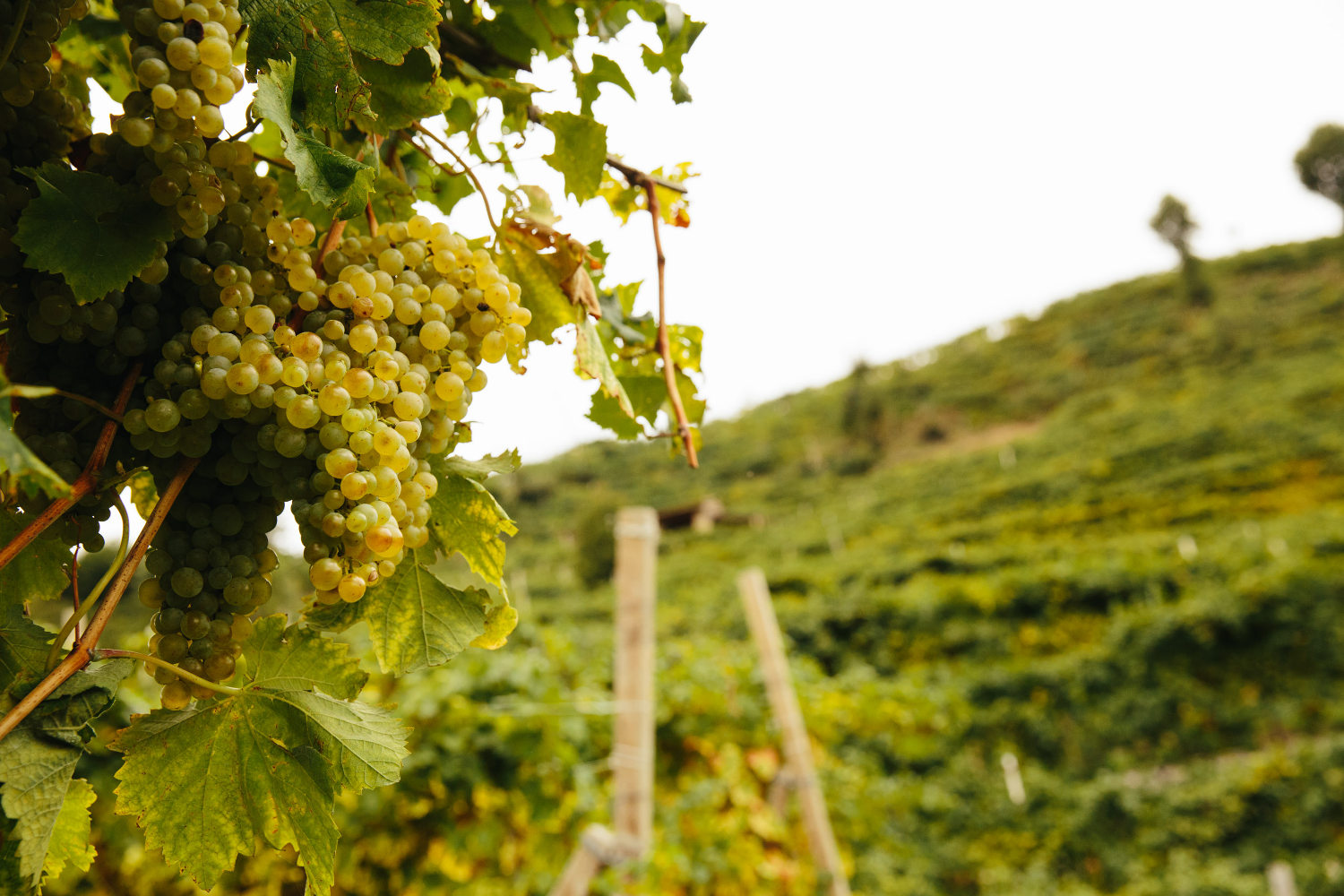
-
Prosecco. Its production area and origin of its name
The history of a wine, particularly if its origins are ancient, is intimately bound up with the land that produces it, but with the events as well that happened to the generations of those who live in that growing area.
Valdobbiadene Prosecco Superiore is a grape variety whose origins are extremely ancient, earlier even than the Roman colonisation of this area (2nd century BC), and the grape has exercised a significant influence, over a period of more than 10 centuries, on the customs, traditions, and economy of the local communities.
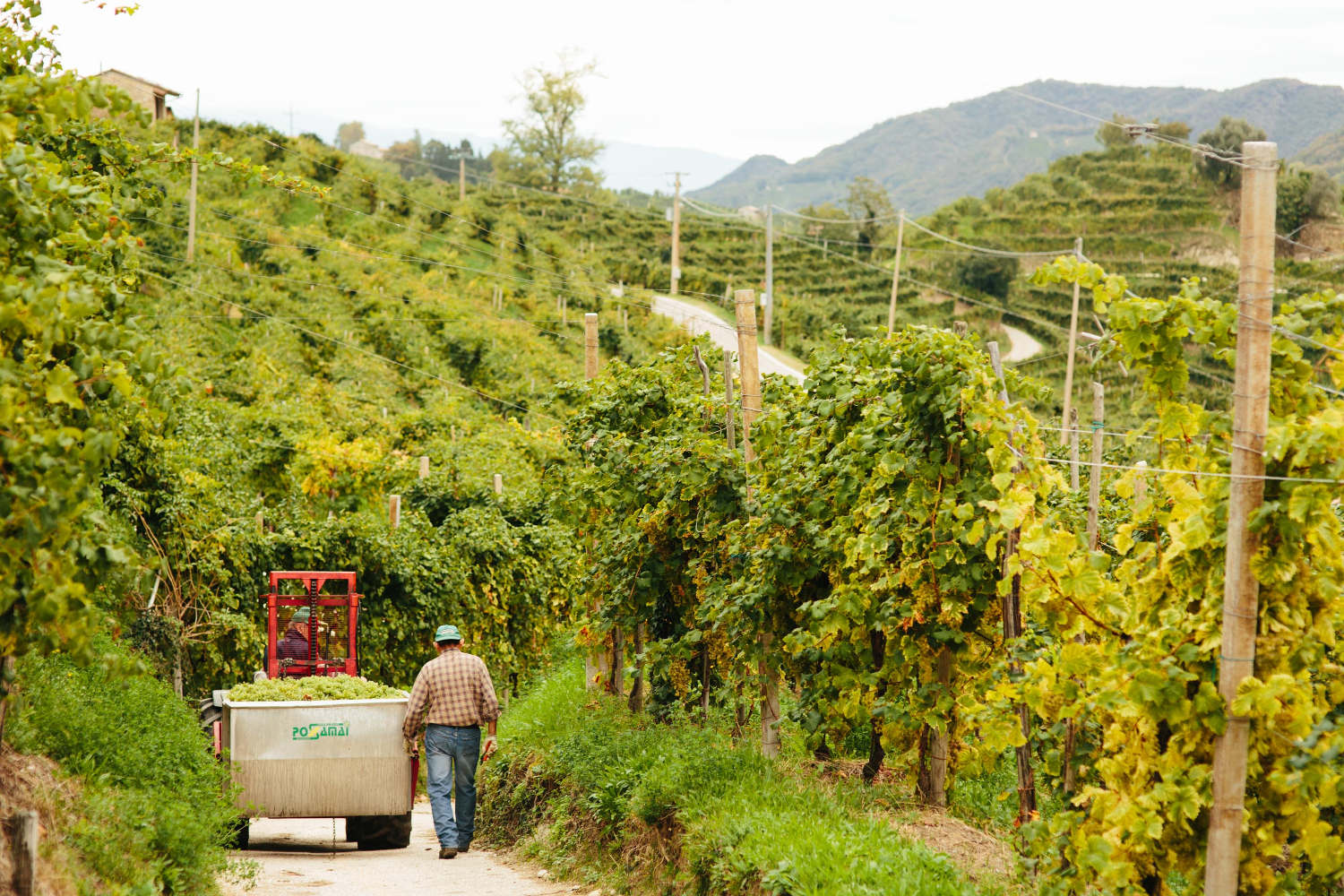
There is little known concerning the grape varieties growing in the hills of Conegliano and Valdobbiadene, although the poet Vergil refers to this area in his famous line, “The sinuous vines weave finely-spun shadows.”
There are so many references in the Roman period to this wine that some researchers believe that it could be the same grape that yielded the celebrated Pucino, a wine to which Livia, wife of Emperor Augustus, is said to have attributed her longevity, writing that “No other wine is such a potent medicine.” Pliny the Elder, in compiling a list of the main wines popular in the Rome of his time, described Pucino as one of great wines gracing upper-class tables and a wine that bore the gift of lengthening the lives of those who drank it.
In the Late Roman period, St. Venatius Fortunatus, a native of Valdobbiadene and Bishop of Potiers (535-603), described “The Duplavis area, where the vine has always flourished, beneath the bare-headed mountain.”
To that same period dates a description of the Valdobbiadene and Conegliano area: “These hills bring forth excellent fruit, perfect olive oil, and noble wines fully worthy of the greatest nobles’ tables in Germany” and “the fields of Conegliano, Valmarino, and Collalto produce outstanding grain and superb wine, of which the finest is that of Valdobbiadene”.
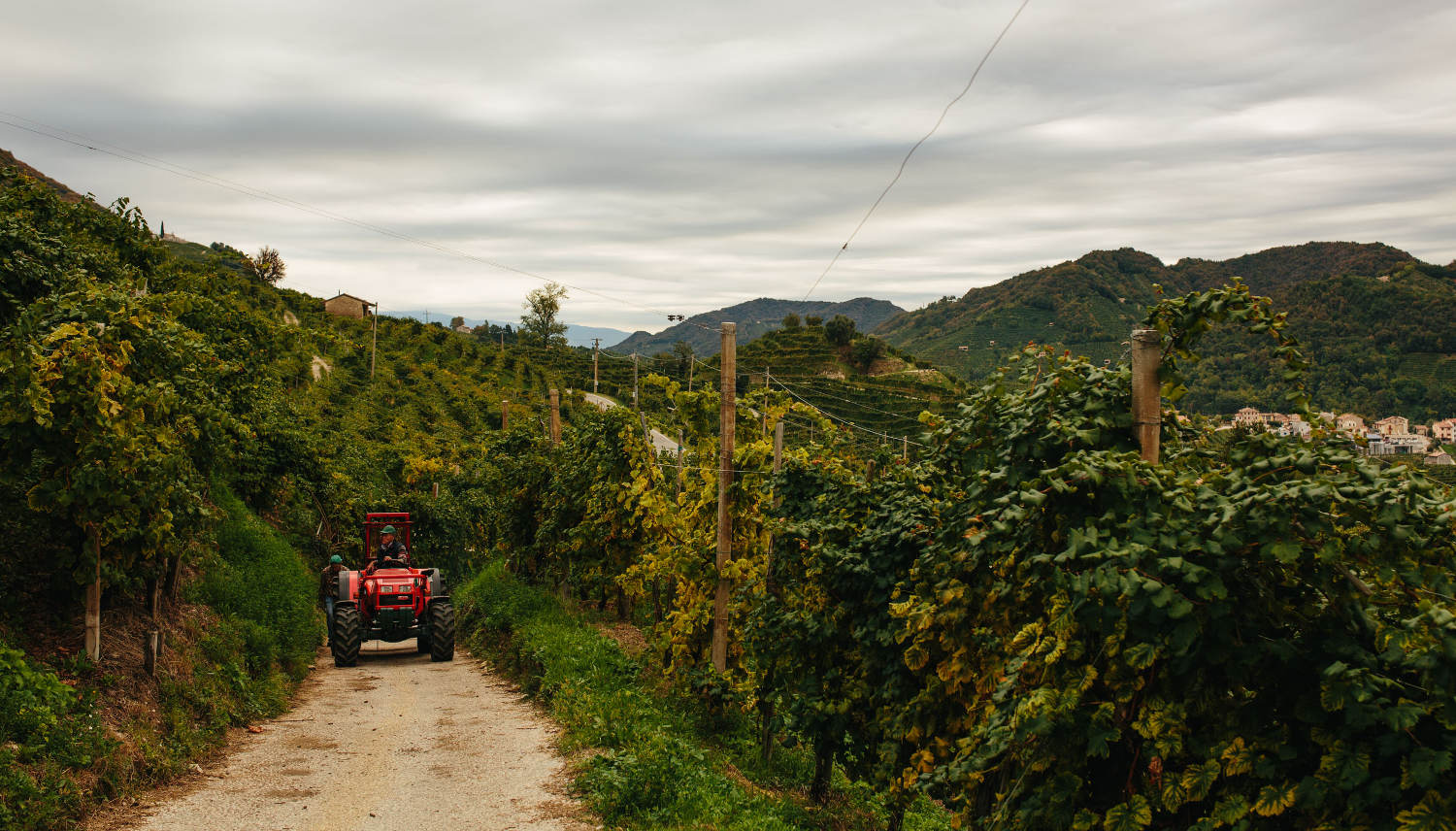
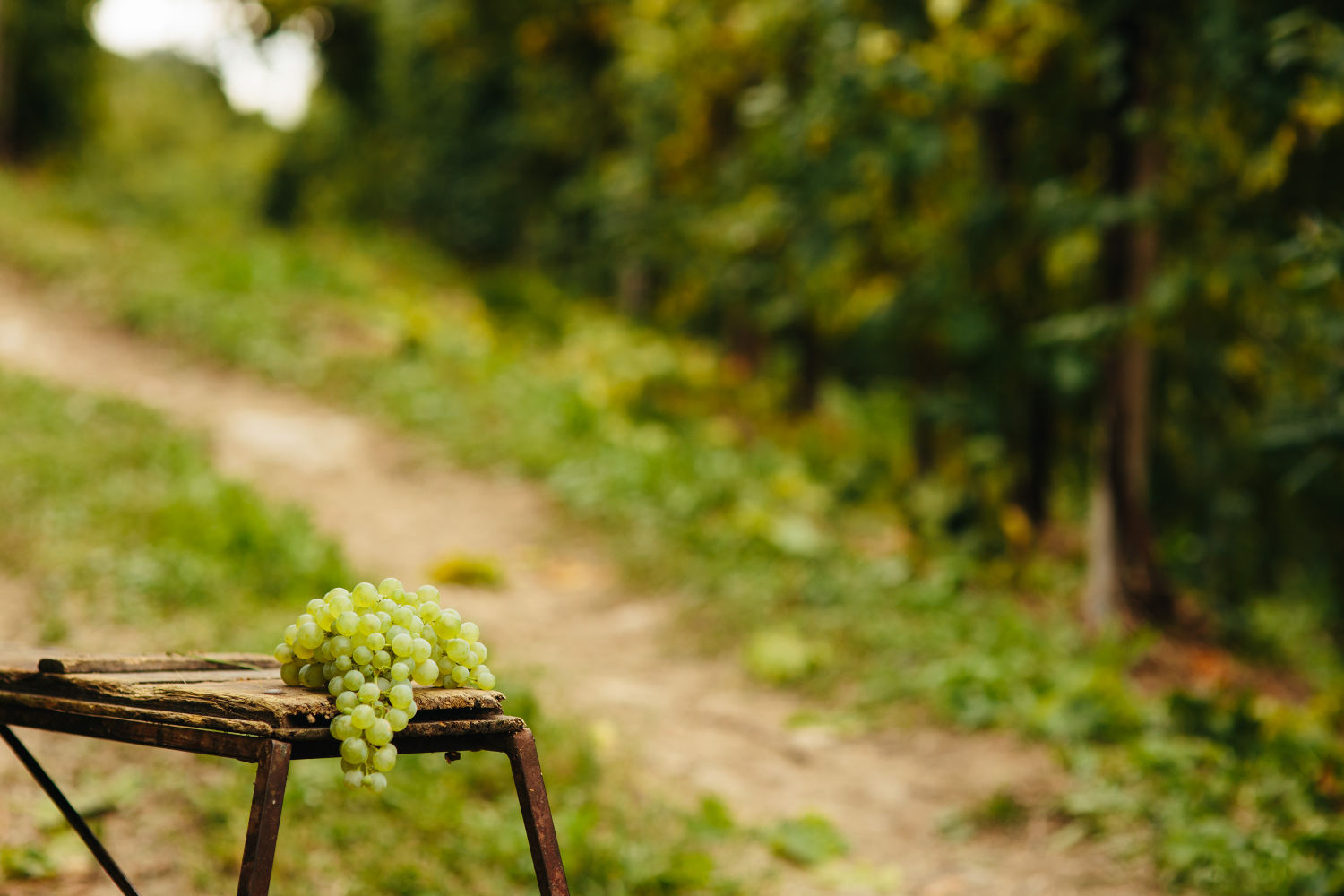
The floruit of Valdobbiadene and Conegliano winegrowing comprised the 15th, 16th, and first part of the 17th centuries.
A multitude of documents attest to the overarching importance and popularity of the wines from the hills of Valdobbiadene and Conegliano, bringing considerable commercial wealth and wine exportation, in particular to Venice and to German areas.
The first decades of the 18th century ushered in a period of agricultural and oenological decline, which reached its nadir with the great freeze of 1709, which killed off most of the vineyards.
In the wake of this devastation, growers turned to less prestigious, but hardier grape varieties.
Contemporary documents also maintain that the poor quality of the wine in that period was also due to lack of experience of the growers, who paid little attention to their vineyards and harvested their grapes before they were fully ripe.
This era witnessed a host of agricultural and cultural initiatives, such as the establishment of academies whose mission was to bring back the “glory years” of agriculture, all under the aegis of the reform programme espoused by the Republic of Venice.
Even the fall of the Serenissima in 1797 did not dampen the determination of local populations to continue the relaunching of viticulture and oenology.
A period of recovery followed this decline, however, lasting almost through the end of the 18th century.
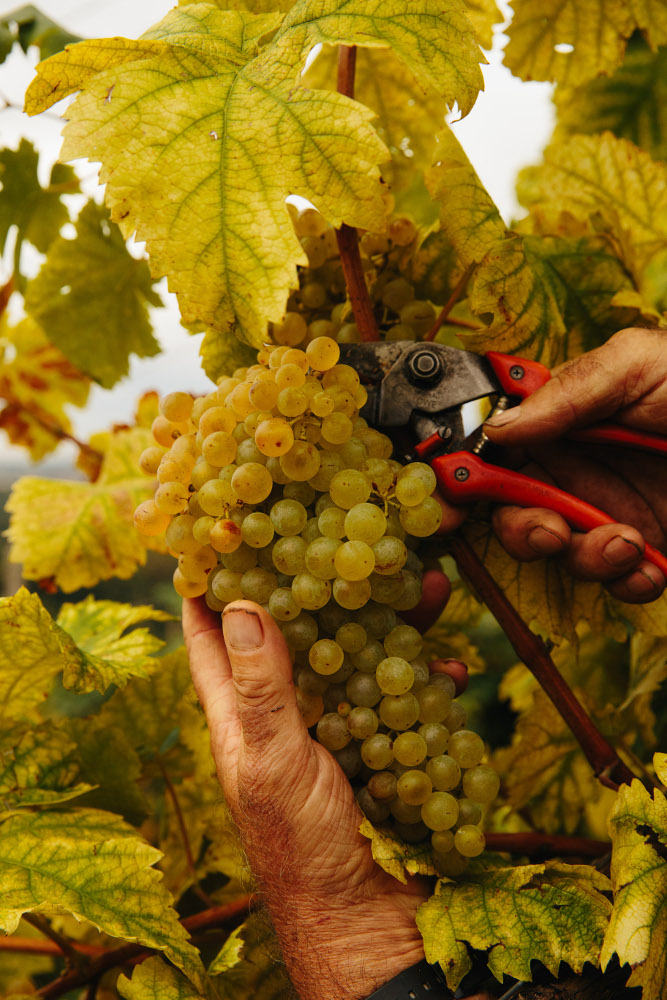
Prosecco: term used since 1754
In Il Roccolo Ditirambo by Aureliano Acanti, and in the 18th century it was already in use beyond Italy.One of the possible origins for the name is the toponym Prosecco, a village on the karst plateau in the commune of Trieste, quite close to today’s Slovenia.
It boasts the splendid varieties that produce this well-known wine, among them the glera varieties, with an elongated clusters and golden-hued berries, which make up some 85% of the grapes used for the production of Prosecco.
The birth of this wine, then, brings us precisely into the region of Friuli-Venezia Giulia.
The most celebrated DOCG sparkling wines, however, hail from the Conegliano Valdobbiadene area in the Veneto, where even today most of this wine is produced.
The "Rive"
In the Conegliano-Valdobbiadene area, the term Rive refers to a very steep vineyards, therefore challenging to manage, that yield grapes of unusually-high quality.The designation can be considered a local equivalent of the French term cru, a particular terroir that produces superb-quality wines, which are classified on a sliding scale.
The term Rive is applied solely to sparkling wines, and to those produced from the grapes of narrowly-determined zones, which in Conegliano Valdobbiadene are the Rive of 12 communes and 31 frazioni, or villages.
Precisely because of these unusual characteristics, the Rive wines are subject to rigorous regulations.
The grapes must be picked exclusively by hand, to ensure that the berries remain intact; all of the wine must be from a single year, designed on the label (by the term millesimo); the yield must be a low 13 tonnes per hectare; and the minimum final alcohol must be 9.5%.
